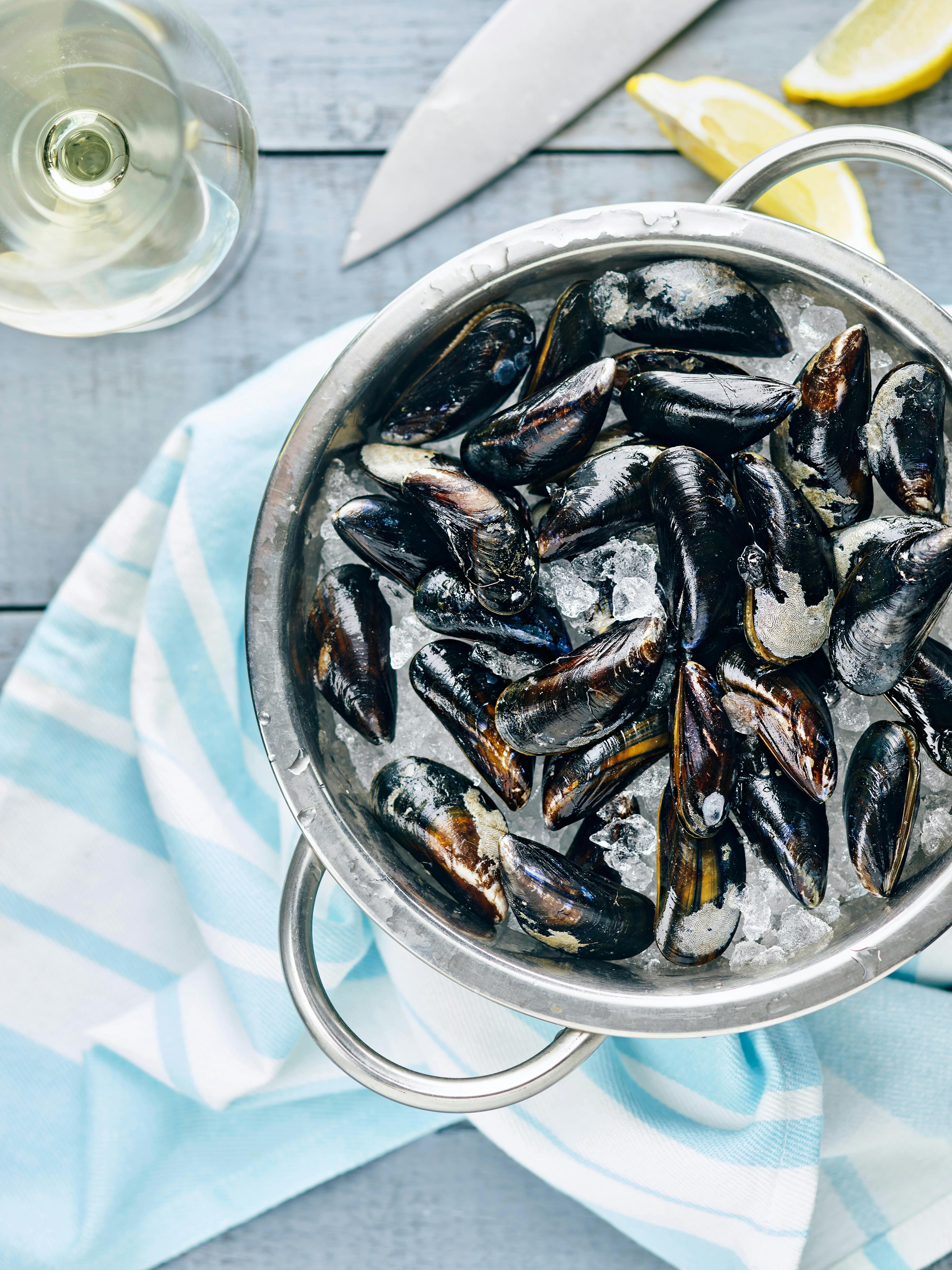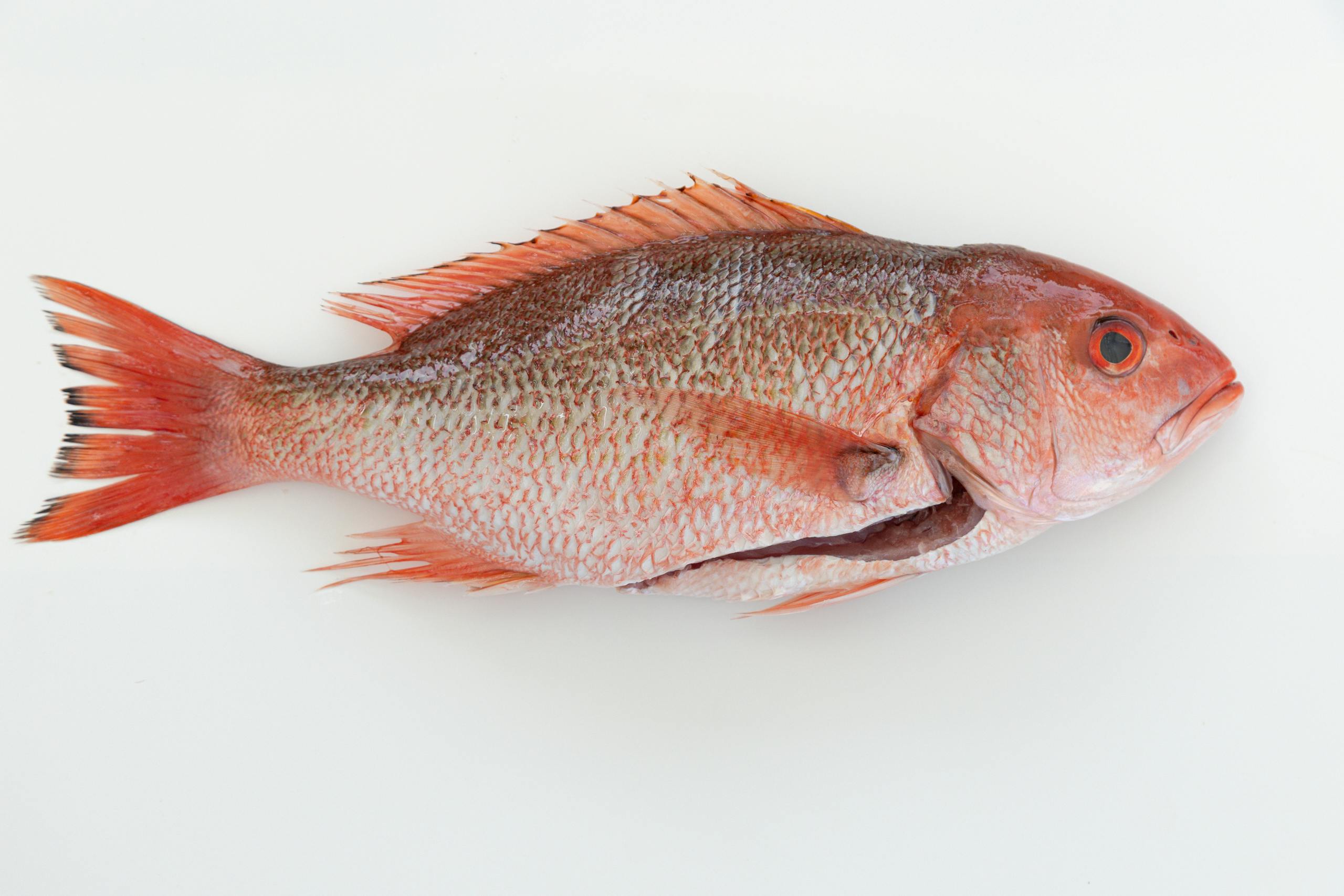Smart Ways to Enhance Your Freshwater Shrimp Aquarium in 2025
As the world of aquaristics continues to evolve, so too do the methods and techniques for maintaining a thriving freshwater shrimp aquarium. Freshwater shrimp not only add a splash of color and life to your tank but also serve as excellent scavengers, helping to maintain a clean environment. In this article, we explore effective strategies to elevate your shrimp tank set up, care practices, and ensure a robust ecosystem for your shrimp species. This guide aims to assist both novice and experienced aquarium shrimp enthusiasts in optimizing their vibrant aquatic setup.
The benefits of caring for freshwater shrimp extend beyond mere aesthetics. These tiny creatures can contribute to the overall health of an aquarium by helping to keep algae in check, and their fascinating behaviors offer endless enjoyment. We'll delve into essential tips on tank setup, compatibility, care routines, and much more, helping you to craft the best environment for your aquatic companions. Get ready to discover key takeaways that will transform your shrimp aquarium into a thriving ecosystem!
Essential Steps for Shrimp Aquarium Setup
Building the ideal shrimp aquarium starts with understanding the specific needs of your shrimp species. Ensure you have a well-planned shrimp tank setup that mimics their natural habitat. Begin by selecting an appropriate tank size—consider that larger tanks often provide stability in water parameters and more space for your shrimp to thrive.
Selecting the Right Shrimp Tank Size
The size of your shrimp tank is crucial for their health and well-being. While nano tanks can be appealing, they require frequent monitoring of water quality due to their smaller volume. Ideally, opt for a tank of at least 5 gallons to give your shrimp enough space to explore. This allows for a more stable environment and less chance of drastic changes in water quality, which can be harmful to your shrimp.
Choosing Appropriate Shrimp Substrate
A well-selected substrate plays a significant role in your shrimp's habitat. Fine-grained substrates, such as aquarium soil or sand, provide shrimp with a place to forage and contribute to the beneficial biological filtration process. It also aids in anchoring plants, creating a natural aesthetic that your shrimp will appreciate.
Incorporating Shrimp-Friendly Plants
Adding live aquatic plants to your shrimp aquarium creates a more enriching environment. Plants improve water quality, offer hiding spots, and create a natural habitat for shrimp to thrive. Consider species such as Java moss, Anubias, and Hornwort—all of which serve as excellent cover and contribute to water parameter stability.
Maintaining Optimal Water Parameters for Shrimp
One of the most critical requirements for successful shrimp farming is maintaining ideal water parameters. Freshwater shrimp are sensitive to changes in their environment, making water quality monitoring essential. Regular testing and adjustments will prevent stress and health issues associated with poor water conditions.
Understanding Ideal Water Conditions
The ideal water parameters for most freshwater shrimp include a pH of 6.5-7.5, moderate hardness (5-15 dGH), and a temperature of 20-24°C (68-75°F). Regular water changes of 10-20% per week will help maintain these conditions, ensuring a healthy environment for your pets. Always use a water conditioner to remove harmful chemicals and chlorine before adding new water to your tank.
Monitoring Shrimp Water Quality
Utilize water testing kits to regularly check for ammonia, nitrites, nitrates, and pH levels. Keeping an eye on these parameters prevents issues that can arise from fluctuating conditions, such as stress or disease outbreaks among your shrimp population. This proactive approach ensures your shrimp remain healthy and thriving.
Implementing Effective Shrimp Tank Filtration
A suitable filtration system is vital in maintaining a shrimp-friendly environment. Choose a filtration method that creates gentle water flow and avoids sucking in small shrimp. Sponge filters are a popular choice, providing both mechanical and biological filtration while offering a safe space for baby shrimp to hide from predators.
Feeding and Care for Freshwater Shrimp
Feeding your shrimp the right types of food is essential for their health and growth. These opportunistic feeders thrive on a varied diet that includes algae, plant matter, and specific shrimp food designed to meet their nutritional needs. A balanced feeding schedule contributes to vibrant colors and longevity among your shrimp.
Selecting the Best Foods for Shrimp
Invest in high-quality shrimp food brands that cater to their dietary needs. Look for options containing plant-based ingredients and essential proteins. Shop around for specialized shrimp food varieties, including sinking granules and algae wafers, that ensure all shrimp have ample opportunity to feed.
Feeding Schedule for Healthy Shrimp
Create a consistent feeding schedule, offering small amounts of food once or twice daily. Monitor how much your shrimp consume within a few minutes, as uneaten food can degrade water quality. By creating a balanced diet and frequency, you ensure your shrimp's growth and well-being.
Common Mistakes in Feeding Freshwater Shrimp
One common mistake is overfeeding, which can lead to excess waste and poor water quality. Avoid providing too much food, as this can lead to shrimp stress and disease outbreaks. Engage in careful observation of your shrimp's feeding habits to tailor their diet effectively.
Understanding Shrimp Health and Disease Prevention
Maintaining shrimp health requires knowledge of potential diseases and conditions that can impact their well-being. Awareness and timely interventions are key to preventing outbreaks within your aquarium. Regular health assessments alongside disease prevention practices will keep your shrimp vibrant and lively.
Identifying Common Shrimp Diseases
Common shrimp diseases include bacterial infections, parasitic infestations, and fungal infections. Monitor your shrimp for signs of illness such as discoloration, lethargy, and unusual behavior. Early identification allows for swift treatment efforts, minimizing the spread of disease within your aquarium.
Effective Disease Prevention Strategies
Implementing a routine for shrimp health monitoring is crucial. Regular water quality tests reduce stress induced by fluctuating parameters, and maintaining proper tank cleanliness decreases the chances of disease emergence. Additionally, ensure compatibility when introducing new shrimp to your established tank to minimize stress and potential disease transfer from one species to another.
Maintaining Shrimp Gut Health
Healthy shrimp require attention to their gut health, often influenced by the foods they consume. High-quality, nutrient-rich diets promote good digestion and reduce the likelihood of gastrointestinal issues. Rotate food types to provide variety and cater to their distinct nutritional needs, creating an optimized digestive environment.
Creating a Thriving Shrimp Tank Community
When selecting tank mates for shrimp, ensure they are compatible to prevent competition for space and food or predation. This will foster a harmonious and vibrant aquarium environment that benefits all inhabitants.
Best Tank Mates for Shrimp
Opt for smaller, peaceful fish that won’t pose a threat to your shrimp. Popular options include small tetras, guppies, and rasboras. Research and consult a shrimp compatibility chart to guarantee a cohesive community within your shrimp tank.
Understanding Shrimp Behavior
Pay attention to shrimp behavior as social interactions can indicate the current health of your tank. Observations such as molting behaviors and feeding patterns provide insight into the shrimp's well-being, enabling you to make informed adjustments to their environment when necessary.
Adapting the Shrimp Tank Ecosystem
Creating a balanced shrimp tank ecosystem requires careful attention to environmental factors, including shrimp reproduction and growth parameters. Regular adjustments to the water, food, and habitat will promote a thriving, sustainable environment that enhances overall shrimp health and happiness.
Conclusion: Elevating Your Freshwater Shrimp Experience
By implementing these smart strategies for shrimp tank setup and care, you can foster an ideal environment that keeps your freshwater shrimp healthy and happy. Proper attention to water parameters, diet, and community compatibility ensures your aquatic ecosystem thrives. Remember to continually monitor shrimp behavior and health to catch any potential issues early on, keeping your aquarium vibrant and beautiful.


